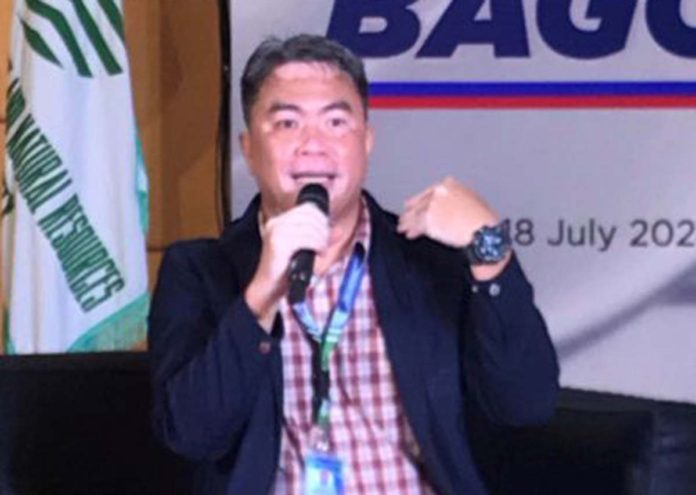
ILOILO City – The pristine waters of Boracay in Malay, Aklan continue to be safe for swimming and other recreational activities, according to the Environmental Management Bureau (EMB) Region 6, reassuring both local and international tourists about the safety of the island’s renowned white sand beaches.
The EMB-6 has maintained rigorous water quality monitoring along Boracay’s coastal waters since its temporary closure in 2018, said Director Ramar Niel Pascua.
As of June 2024, tests show that the fecal coliform levels in Boracay are well within the safety standards set for recreational waters.
Boracay Island welcomed a total of 807,184 tourists from January 1 to May 15 this year, according to the Malay Tourism Office. Of these, 601,149 were domestic travelers while 9,754 were overseas Filipinos and 196,226 were foreign visitors.
EMB-6 has established 24 monitoring stations along Boracay’s coast to ensure comprehensive coverage of the area.
“The water sampling frequency includes monthly checks, particularly around high-traffic areas like the front beach, Diniwid beach, and Bulabog beach,” Pascua said.
In addition to water quality monitoring, the EMB-6 strictly oversees compliance with environmental laws by local businesses, including solid waste management.
Notably, during the island’s six-month closure in 2028 under the administration of then President Rodrigo Duterte — who famously criticized Boracay as a “cesspool” — a memorandum order from then Environment Secretary Roy Cimatu mandated that resorts and hotels with significant accommodation capacities (at least 40 rooms and located at the front beach; and at least 50 rooms if located elsewhere in the island) install sewage treatment plants (STPs).
This directive was aimed at enhancing the treatment capabilities of local water districts, such as the Boracay Island Water Company and Boracay Tubi System, Inc., which were tasked with upgrading their facilities to handle wastewater effectively.
The ongoing surveillance extends to regular checks on the STPs of various establishments, ensuring that fecal coliform levels remain within acceptable limits.
“Maintaining excellent water quality is crucial, not just for the health and safety of our visitors but also for the global reputation of Boracay as a premier tourist destination,” stressed Pascua.
Data from the first five months of 2024 indicated that Korean nationals led the number of foreign visitors, followed by Chinese and American tourists.
The local government of Malay, which oversees Boracay, aims to exceed its annual target of 2.3 million tourist arrivals.
To facilitate the monitoring and testing of water quality, EMB-6 had previously established a temporary laboratory on the island, known as the Boracay Monitoring Unit.
Before any hotel or resort can operate on Boracay, they must obtain a “discharge permit” from the EMB in accordance with the Clean Water Act. Establishments that fail to secure this permit are subject to an annual fine of P23,000./PN



